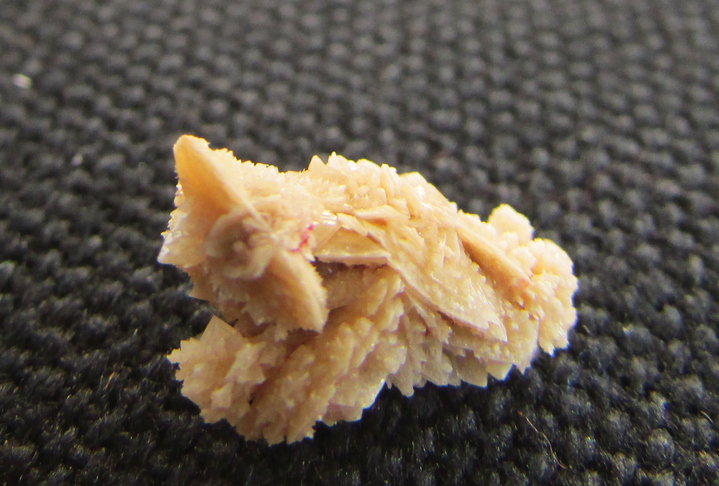
It is thought that patients who form kidney stones are at increased risk for cardiovascular events, chronic kidney disease (CKD), and end-stage renal disease (ESRD); if that increased risk is accurate, it may also be expected that kidney stone formers are at increased risk for mortality. Those patients also have an increased comorbidity burden, including dyslipidemia, hypertension, diabetes, and metabolic syndrome, leading to a higher expected mortality rate.
However, according to Tsering Dhondup, MBBS, and colleagues, there are few data demonstrating that kidney stones directly lead to higher mortality and to higher mortality independent of those comorbid conditions. Dr. Dhondup et al. recently conducted a historical matched-cohort study. Stone-former participants were carefully characterized by chart review to assess ESRD and mortality risk compared with age- and sex-matched non–stone formers (control).
The researchers sought to determine the risk for ESRD and mortality among incident symptomatic kidney, recurrent symptomatic kidney, asymptomatic kidney, bladder, and miscoded stone formers. If mortality was found to be increased in that patient population, the secondary goal of the study was to determine the attributed cause of mortality. Results were reported in the American Journal of Kidney Diseases [2018;72(6):790-797].
The overall study cohort included 6984 coded stone formers and 28,044 matched non–stone formers. The categories of stone formers were: confirmed incident symptomatic kidney (49%), suspected incident symptomatic kidney (9.5%), recurrent symptomatic kidney (20%), asymptomatic kidney (9.6%), bladder only (2.8%), and miscoded stone formers (9.6%). In both the stone former cohort and the control cohort, mean follow-up was 12.9 years.
Due to matching, the two cohorts were similar in age and sex. Those in the stone-former cohort were more likely to be obese and, in all of the stone-former categories other than bladder stones, were more likely to have hypertension or CKD. Those in the incident and recurrent symptomatic kidney stone categories were more likely to have a history of diabetes. Dyslipidemia was more likely to occur in patients in the symptomatic, asymptomatic, and miscoded categories. Gout was more likely in incident and recurrent symptomatic kidney stone formers.
The most common indicators for kidney imaging that led to detection of a kidney stone were microscopic hematuria (26%), recurrent urinary tract infection (10%), and a variety of cancers. In the group of patients with miscoded stone formers without kidney or bladder stones, the more common correct diagnoses were urinary tract infection (23%), musculoskeletal back pain (17%), obstructive uropathy from prostate pathology or a neurogenic bladder (12%), and gastrointestinal pain (9%).
In the overall cohort, 65 of the stone formers and 102 of the non–stone formers developed ESRD. Following adjustment for comorbid conditions, the risk for ESRD was significantly higher in patients in the recurrent symptomatic kidney, asymptomatic kidney, and miscoded stone formers categories. When death was modeled as a competing risk, the findings were similar. Overall, 16% (n=1083) of stone formers and 13% (n=3686) of non–stone formers died. Following adjustment for comorbid conditions, the mortality risk was significantly higher in the asymptomatic kidney and bladder stone formers. ESRD and mortality event rates per 1000 person-years show modest absolute differences between stone formers and non–stone formers.
The researchers calculated cause-specific mortality using the underlying diagnoses on patients’ death certificates. In total, 3.8% (n=262) of patients in the stone-former group and 3.9% (n=1105) of patients in the control group had deaths attributed to cardiovascular disease. There was no association with higher risk for cardiovascular mortality in any category of stone former. Cancer was the cause of death in 4.3% (n=300) of the stone-former group and 3.2% (n=899) of the control group. Following adjustment for comorbid conditions, the risk for cancer mortality was higher in incident symptomatic kidney and bladder stone formers. Only 17 stone formers and 33 non–stone formers had deaths attributed to urinary tract cancers. There were modest differences between stone formers and non–stone formers in the cancer mortality event rates per 1000 person-years.
There were some limitations to the study, the researchers said, including the observational nature of the findings, the reliance on administrative codes for comorbid conditions, and the lack of data on medication use. In addition, using death certificates to determine the underlying cause of death has limited accuracy.
“In summary, this cohort study provides evidence that recurrent symptomatic kidney stones are associated with increased risk for ESRD. This risk for ESRD in recurrent rather than incident symptomatic stone formers suggests that strategies to prevent stone recurrence may be of benefit. This study also demonstrated the benefits of careful chart validation when studying kidney stone disease instead of relying on administrative codes. In particular, miscoded and asymptomatic kidney stone formers can be at risk for morbidity and mortality from diseases that were misdiagnosed as kidney stones or from diseases that led to imaging with incidental detecting of kidney stones,” the researchers said.
Takeaway Points
- Researchers conducted a matched-cohort study to determine whether there is an increased risk for mortality among patients who are kidney or bladder stone formers and whether the risks are consistent across clinically distinct categories of stone formers.
- The risk for end-stage renal disease was higher in patients with recurrent symptomatic kidney stones compared with those with incident symptomatic kidney stones.
- The adjusted risk for all-cause mortality was higher in asymptomatic kidney and bladder stone formers.







 © 2025 Mashup Media, LLC, a Formedics Property. All Rights Reserved.
© 2025 Mashup Media, LLC, a Formedics Property. All Rights Reserved.